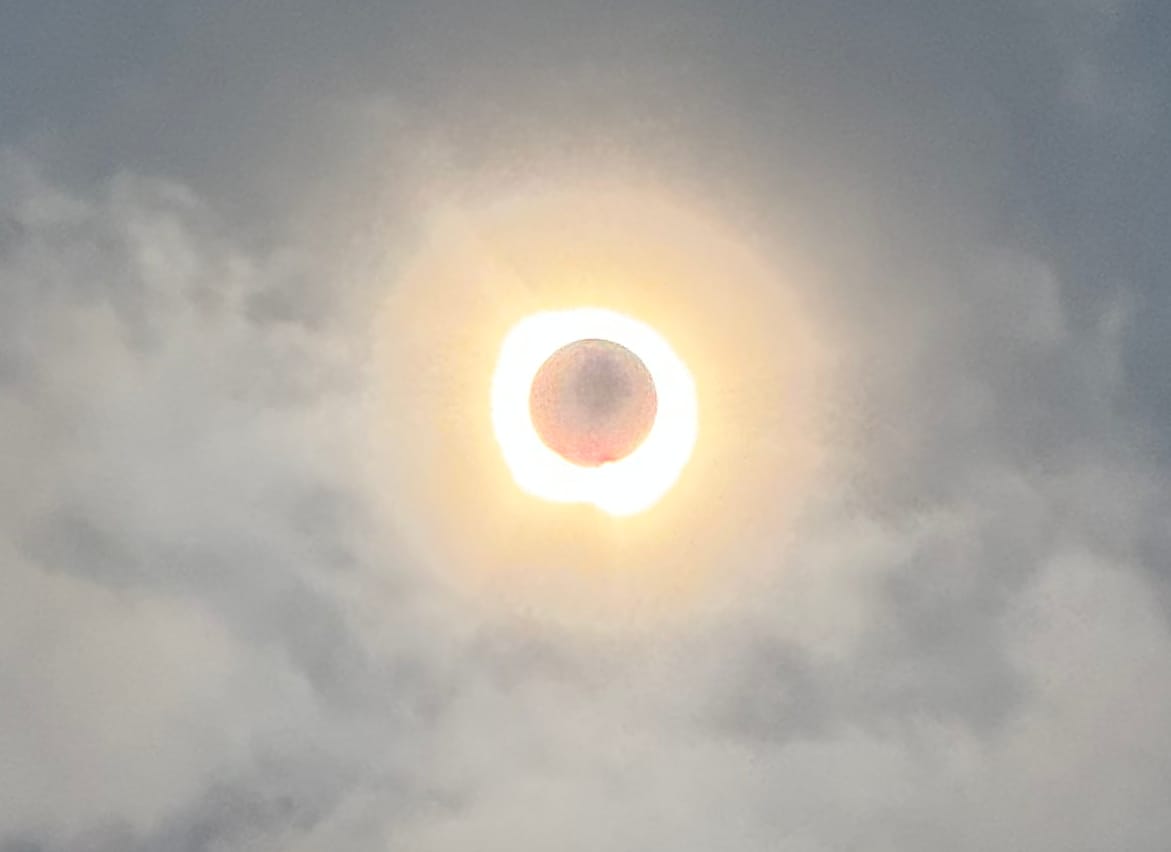Solar Viewing
How do you view solar eclipses and understand what you are seeing?

We were blessed to see the total solar eclipse with good friends on the shore of Lake Palestine in La Rue, Texas. This was my second total solar eclipse—I went to Columbia, South Carolina, for the last one on 8/21/2017. They are so spectacular that we discussed going to Spain or Iceland for the next one on 8/12/2026.
Virtually everyone is interested in seeing solar eclipses, even if not in the path of totality. The NASA Eclipse Website notes an eclipse in 1375 BCE described in early Mesopotamian Records as:
On the day of the new moon, in the month of Hiyar, the Sun was put to shame, and went down in the daytime, with Mars in attendance.
A total solar eclipse begins with a partial eclipse as the Moon moves across the Sun. As more of the Sun is covered, it becomes a shrinking crescent. The temperature drops, the color saturation of the surroundings fades, animals seem to freak out, and we can see planets or bright stars.
Totality begins with the breathtaking diamond ring effect, the last bright flash of sunlight that creates a shining halo around the Moon's silhouette. This occurs just before the Moon completely covers the Sun. Immediately following this, the phenomenon of Baily's beads occurs. These are caused by sunlight streaming through the lunar valleys along the Moon's edge. An English astronomer, Francis Baily (1774–1844), described them during an annular eclipse of the Sun on May 15, 1836. Though named after Bailey, Sir Edmond Halley made the first recorded observations of Baily's beads during the solar eclipse of May 3, 1715.



